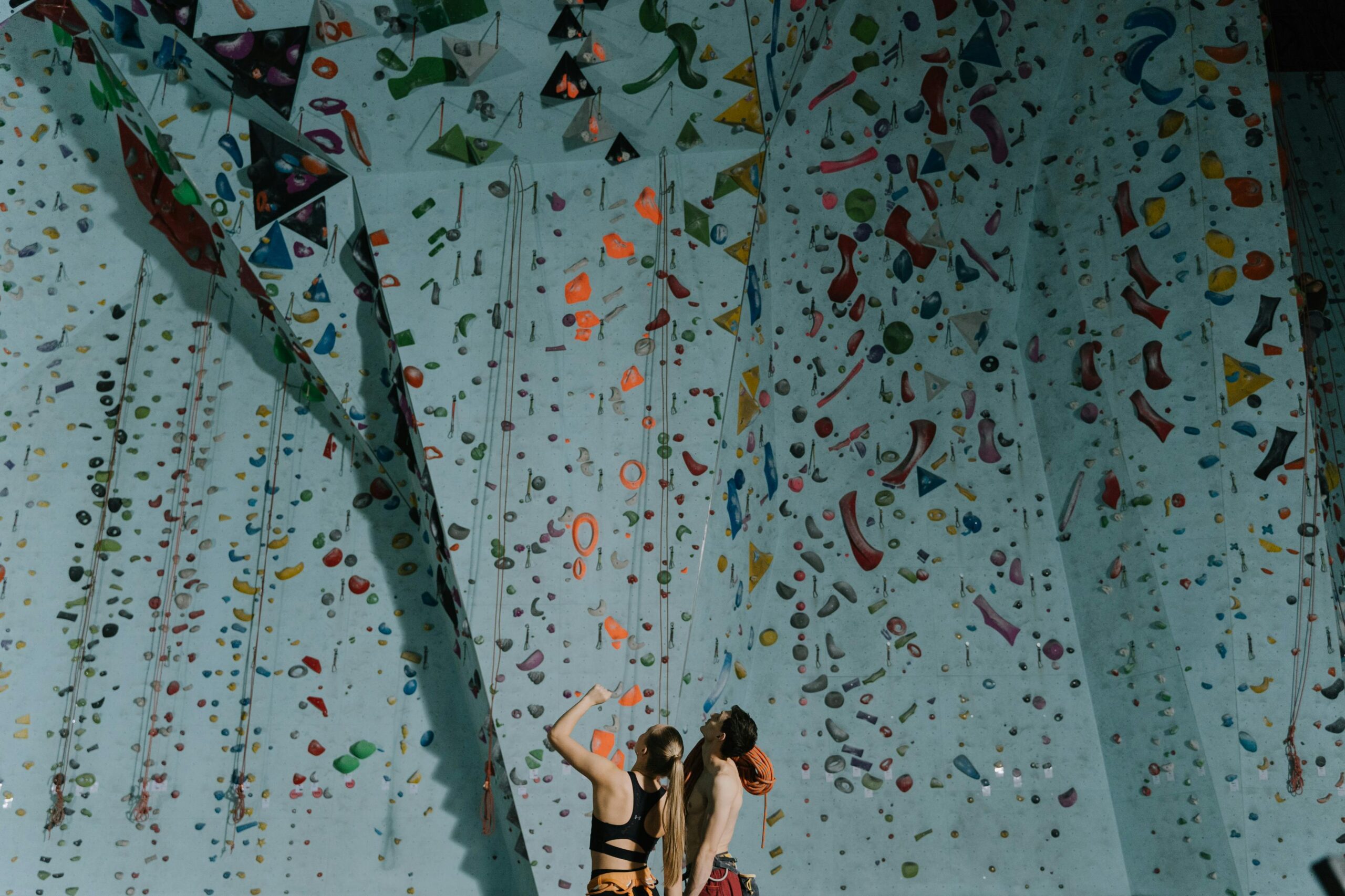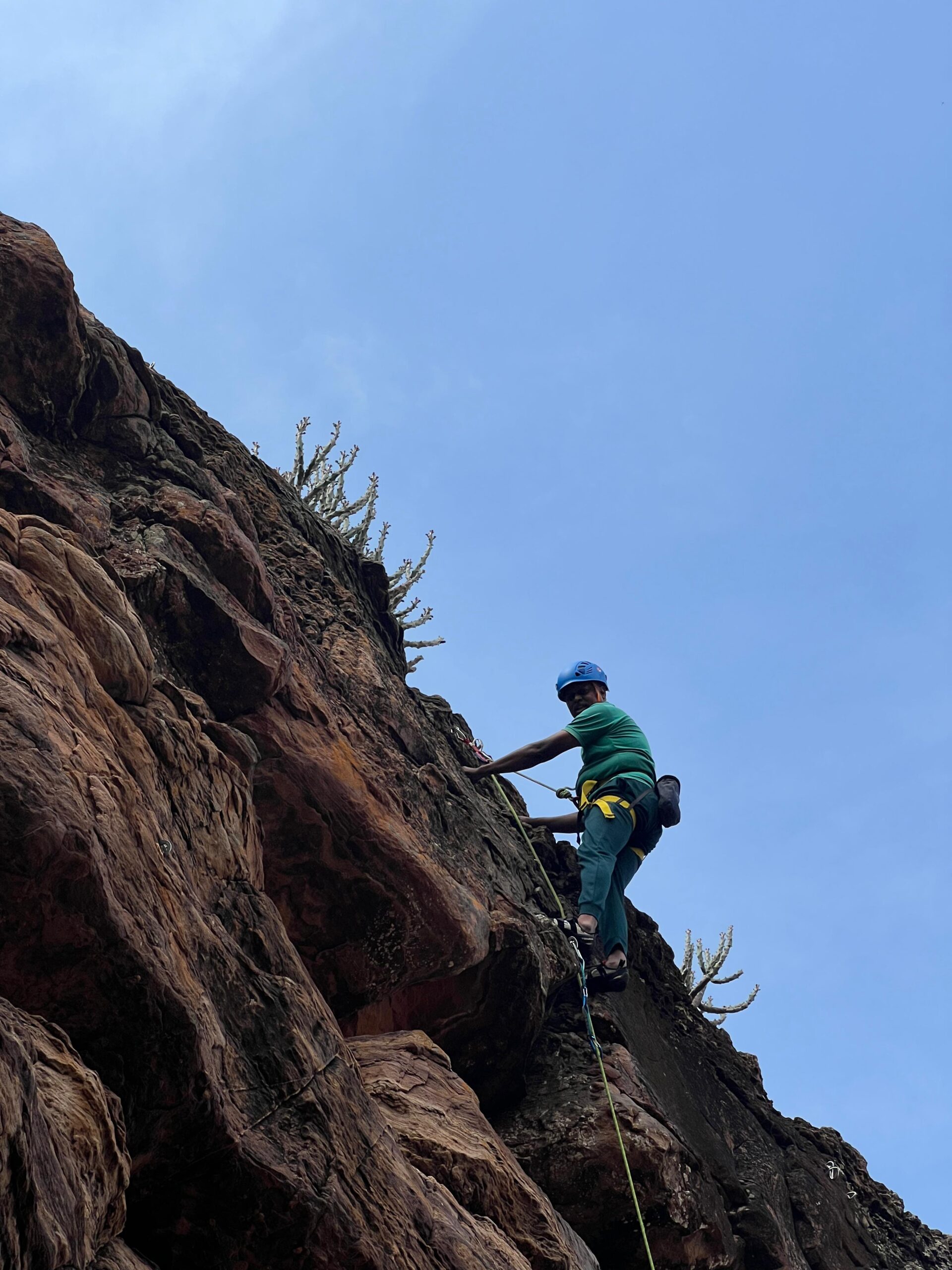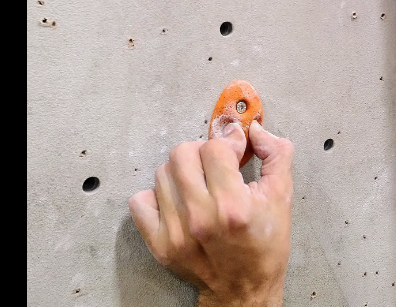The Golden Rules of Rock Climbing: Tips for Safety and Technique
Rock climbing can be an exhilarating and rewarding sport, but it comes with its own set of challenges and risks. Whether you’re a beginner or an experienced climber, it’s essential to follow certain rules and techniques to improve your climbing skills while keeping safety a top priority. In this blog post, we’ll discuss some of the golden rules and techniques that every climber should know to stay safe and climb more effectively.
1. Three Points of Contact
One of the most important safety rules in rock climbing is maintaining three points of contact with the wall at all times. This means you should always have either one hand and two feet or two hands and one foot in contact with the wall. By doing this, you distribute your weight more evenly and reduce the risk of slipping or losing your balance. This rule ensures that you have a stable base of support as you climb, which is crucial for both beginners and advanced climbers.
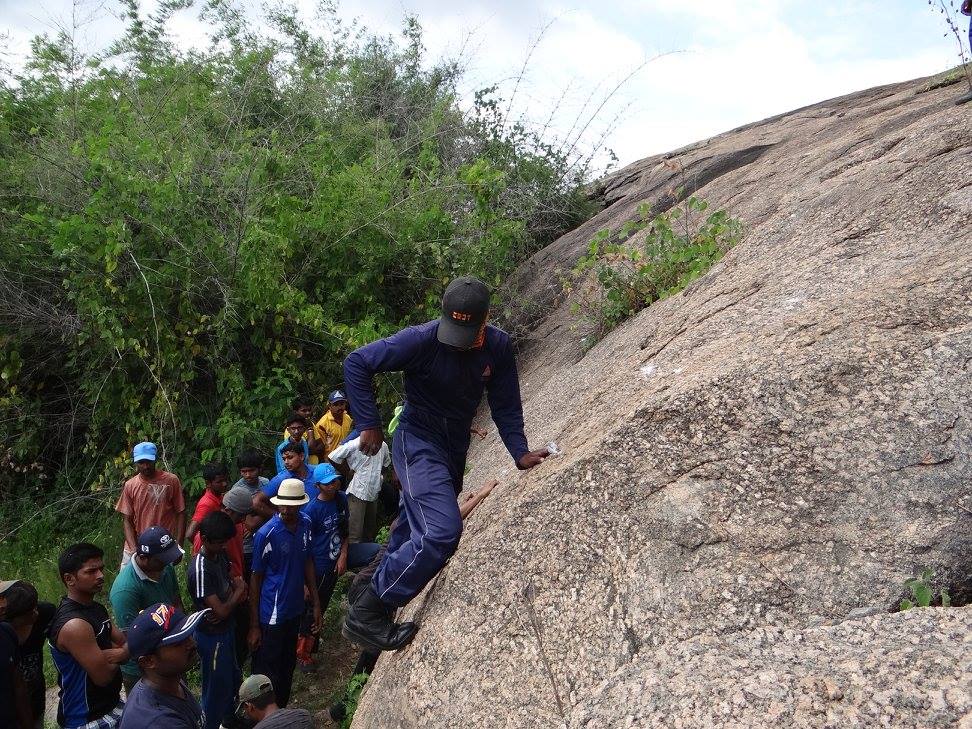
2. Use Opposite Hand and Foot
When climbing, it’s important to use your body’s natural movement patterns to conserve energy and maintain balance. A simple but effective technique is to use your opposite hand and foot together (right hand with left foot, left hand with right foot). This technique helps distribute your force evenly across your body, preventing unnecessary strain on one side and keeping your movements fluid.
3. Don’t Underestimate a Climb
It’s easy to look at a climb and think it’s easier than it actually is, especially if you’re an experienced climber. However, every route, whether indoors or outdoors, can be more challenging than it appears. Always approach a climb with caution and respect. Make sure to assess the difficulty before you begin and mentally prepare yourself for the physical challenge. Take your time, and don’t rush through the climb—this will help reduce the chances of injury and improve your technique.
4. Pay Attention to the Climber
If you’re belaying, paying attention to the climber is essential. An attentive belayer helps ensure that the climber’s fall is controlled and prevents them from hitting the ground. The belayer must always be focused and ready to act when necessary. If you’re the climber, communicate clearly with your belayer, ensuring they know when you’re ready to climb, when you’re resting, and when you need to be lowered. This teamwork is crucial for safety and success.
5. Use a Belay Device
The belay device is one of the most critical pieces of equipment for any climber using a rope. It is attached to your safety harness and should always be used to control the rope’s tension while belaying. A belay device helps to stop the rope from running freely, which would allow the climber to fall too far. It also ensures that a climber is safely lowered once they’ve reached the top. Make sure to double-check that your belay device is properly set up with a locking carabiner before you begin.
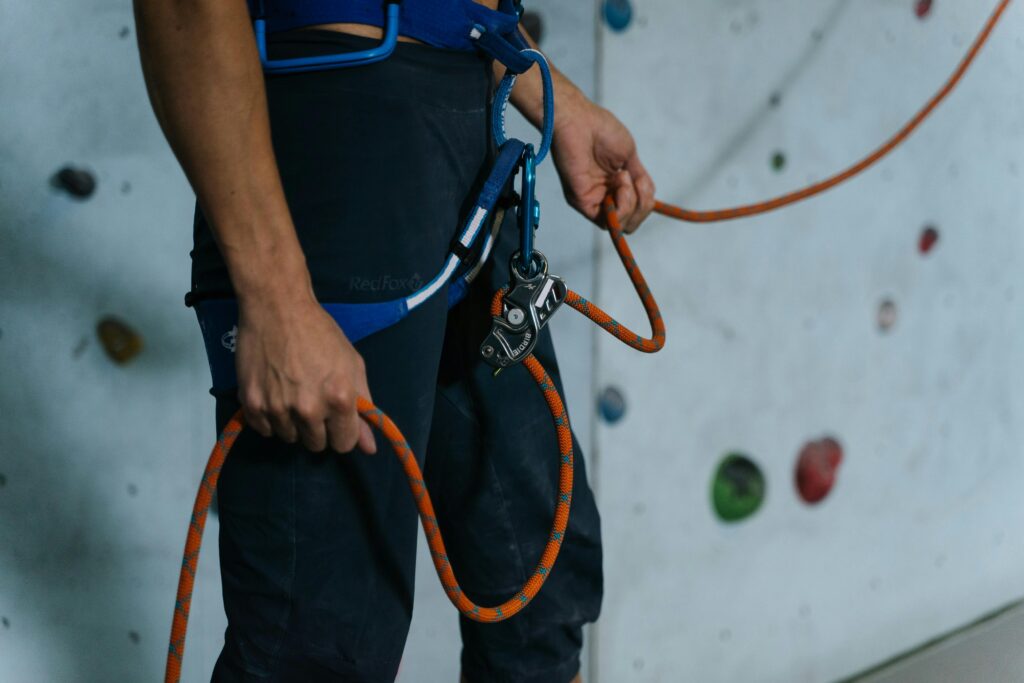
6. Stand Close to the Wall
When climbing, standing too far from the wall can affect your balance and put unnecessary strain on your arms and legs. To make your climb more efficient, always try to stand as close to the wall as practical. The closer you are, the more control you’ll have over your movements. This technique allows you to focus more on your feet and body positioning instead of overexerting your arms to keep your balance.
Other Important Climbing Techniques
In addition to the golden rules of climbing, there are several key techniques that can help improve your performance and efficiency:
Keep Straight Arms
Keeping your arms straight when you can helps reduce the tension in your muscles and allows you to rest. By locking your elbows into place, you shift your weight to your legs, which are much stronger than your arms. This technique is especially helpful when you’re hanging on a hold for a longer time or resting between moves.
Focus on Your Hips
Your hips play an important role in maintaining balance and stability while climbing. Focus on positioning your hips correctly as you climb. You can shift your hips closer to the wall to reduce strain on your arms and improve your ability to reach for holds. It’s especially important to focus on your hips when you’re climbing on overhangs, where your body may naturally want to lean back.
Push One Hip Up Against the Wall
A technique that can improve your reach and efficiency is to push one hip up against the wall. This maneuver allows you to keep your body closer to the rock surface, making it easier to use your legs to propel yourself upward. It also provides more stability, preventing you from leaning too far back and losing your balance.
Use Your Eyes
Your eyes are one of your most valuable tools when climbing. Before making a move, always scan the route with your eyes to find the next hold or the most efficient path. By planning your moves ahead of time, you can minimize unnecessary movements and make the climb smoother and more efficient.
Take Advantage of Rest Opportunities
Don’t hesitate to rest when you can. Whether it’s standing on a ledge, using a large hold, or simply shaking out your hands, take moments to rest and recover. These rest opportunities are essential for saving energy, especially during long or difficult climbs. Resting your muscles properly ensures you have the stamina to complete the climb successfully.
Conclusion
By following the golden rules and incorporating effective climbing techniques into your practice, you’ll be able to climb more efficiently and safely. Whether you’re a beginner or a seasoned climber, these simple tips can make a significant difference in your climbing performance and overall enjoyment of the sport. Always remember that rock climbing is as much about strategy and technique as it is about strength—so climb smart, stay safe, and enjoy the challenge!
